|
|
|
Quality Physical Education Programs (Q.P.E.Ps)Pangrazi identifies eight factors that distinguish a quality physical education programme (QPEP) which are applicable to the MAE syllabus:Dynamic Physical Education (For elementary school children); 15th edition Robert Pangrazi; Pearson Benjimin Cummings
QPEP characteristics:1. Organised around National Curriculum Physical Education see below2. Based on developmental urges, characteristics & interests of students see below3. Motor skill development is the core of the program see below4. Teach management skills and self discipline see below5. Emphasise the inclusion of all students & develop sensitivity to diversity & gender issues see below6. Focused on the process of learning skills rather than the performance see below7. Life time activities to promote their health & personal wellness see below
1 Organised around National Curriculum Physical Education
Further our curriculum satisfies the Foundation Stage Life Orientation Learning Area (South Africa). This documentation is available here.
In addition the MAE syllabus is designed around the school year, with 6 half terms per year and 6/7 classes per half term. Each class can range in time from 35 minutes to 1 hour.
2 Based on the developmental urges & interests of students
Training begins at a young age with the development of the core muscles which is fundamental to gross motor coordination. Young children love to grapple and roll and it is more natural for them to be on the
As children develop they are better able to understand the mechanics and movements of techniques. Details and subtleties are carefully introduced as appropriate.
At around 10, children begin to be fascinated by how things work (and usually start dismantling things at
Teenagers (like adults) are more comfortable having physical
Beyond that students develop an interest in energy and health and then we focus on Chi Kung (Qi Gong) and martial art as a system of hygiene and method of personal development. For more information in regard to this aspects of training appropriate to adults see www.fanchento.co.uk
3 Motor skill development is the core of the program
4 Teach management skills and self discipline
MAE classes usually embrace a range of formats, at times pupils are clearly regimented- drilling exercises in well defined formations with focus and purpose. During other exercises, students communicate freely with one
By embracing both formats students the ability and accelerated maturity to shift fluidly from one state to the other.
5 Emphasise inclusion of all students & sensitivity to diversity
Some partner exercises are very physical and completely intuitive to perform. With these exercises we have had great success in seamlessly integrating new students into the class. Children quickly realise that at one level another person is just another body and just like them. This has real value for newcomers to a class or school.
All students regardless of ability, enjoy engaging with the MAE syllabus. Techniques are developed step by step through a range of interesting exercises that allow even students with difficulties the ability to master the
A combination of our class structure and the nature of our partner exercises allow students of all abilities to work in a satisfying way together.
Children training together quickly realise that everyone has different skills and exercises are so diverse that all types excel at some activities. Boys learn that girls have skills and abilities that they can emulate and girls learn how powerful they are able to be when exercising their full physical strength ( and often prove that they are as strong as boys).
Pangrazi suggests that cooperative skills should precede competitive skills and MAE is in full accord with this idea.
In MAE classes competition as a model is discouraged and cooperation with partner’s is positively
6 Clear process of developing skills
The MAE syllabus builds a skill slowly beginning with the most fundamental aspects (developing the core muscle groups, coordination and orientation) as a basis and then begins the process of developing and refining refining skills and technique.
We regard this process as extremely important not just because it leads to high skill level but when the process is explained to students they understand and appreciate their own learning process and develop trust in an educational system that may at times requires patience.
7 Life time activities to promote health and personal wellness
Further, the core physical strengths and skills developed are applicable to other areas of physical activity and will inform any exercise regime for a lifetime.
|




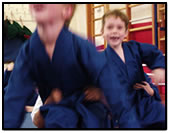 The MAE syllabus is organised around the National Curriculum for Physical Education (United Kingdom) in terms of its broadest values, aims and purposes and in terms of delivering the specifics required of the physical education curriculum. Our documentation showing this is available on request.
The MAE syllabus is organised around the National Curriculum for Physical Education (United Kingdom) in terms of its broadest values, aims and purposes and in terms of delivering the specifics required of the physical education curriculum. Our documentation showing this is available on request.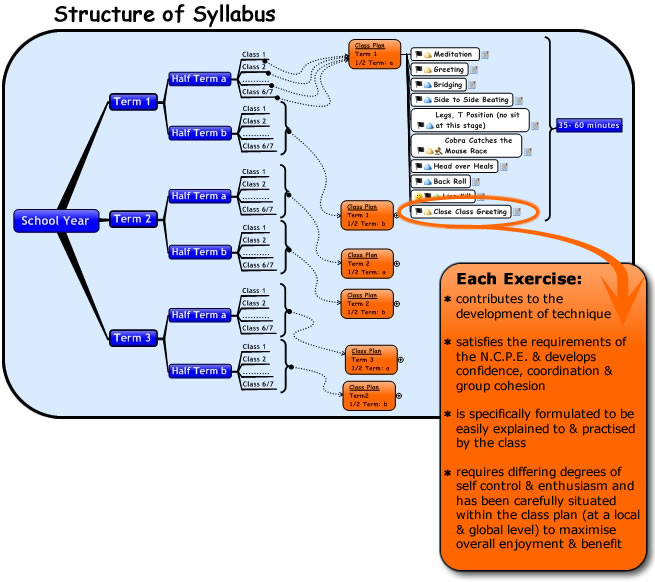
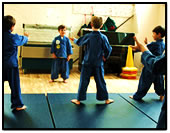 MAE recognises that children at different stages of development have identifiable “developmental urges” and our exercises and teaching methodologies cater to these. The enthusiasm with which training is greeted alone is evidence of this.
MAE recognises that children at different stages of development have identifiable “developmental urges” and our exercises and teaching methodologies cater to these. The enthusiasm with which training is greeted alone is evidence of this.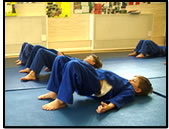 ground than to be standing; our syllabus accommodates this.
ground than to be standing; our syllabus accommodates this.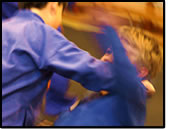 home). At this stage we focus on the intricacies of holding and locking which requires a greater degree of coordination and control.
home). At this stage we focus on the intricacies of holding and locking which requires a greater degree of coordination and control.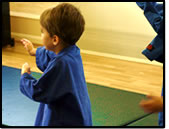 distance between themselves and their training partners and at this stage we focus on striking, kicking & self-defence.
distance between themselves and their training partners and at this stage we focus on striking, kicking & self-defence. 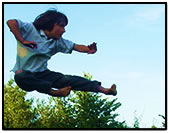 Gross motor coordination refers to the large muscle groups of the body, and Motor development is the foundation of MAE. We focus on the development of gross motor skills with a range of exercises that develop, apply and stretch these. the coordination between them. This allows efficient large body movements like walking and running.
Gross motor coordination refers to the large muscle groups of the body, and Motor development is the foundation of MAE. We focus on the development of gross motor skills with a range of exercises that develop, apply and stretch these. the coordination between them. This allows efficient large body movements like walking and running. 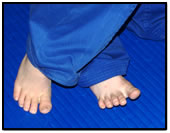 often have poor handwriting.
often have poor handwriting. 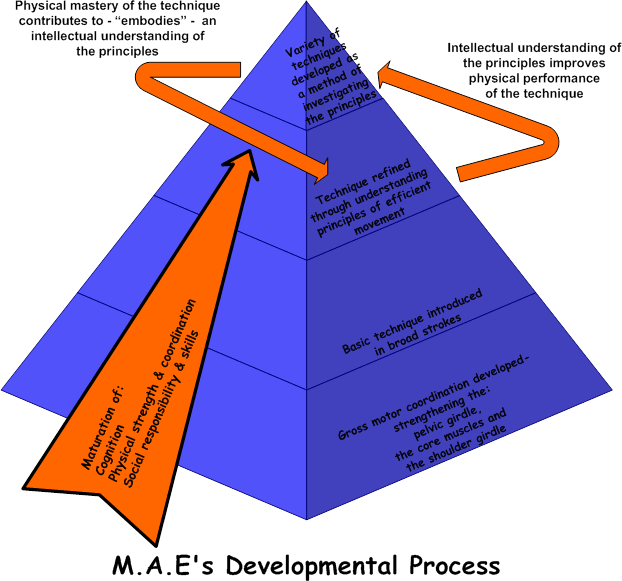
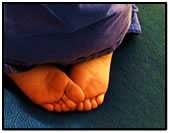 Pangrazi suggests that the behaviour of pupils in the class is the usual method of evaluating a programme and if structured can bring a high level of credibility to the program. Our experience supports this:
Pangrazi suggests that the behaviour of pupils in the class is the usual method of evaluating a programme and if structured can bring a high level of credibility to the program. Our experience supports this:
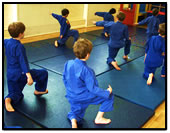 another in an enthusiastic and inspired manner and classes then appear far less controlled.
another in an enthusiastic and inspired manner and classes then appear far less controlled. 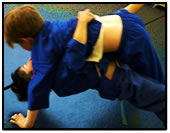
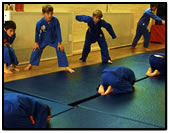 techniques whilst gifted students develop the same techniques to a higher and more refined levels.
techniques whilst gifted students develop the same techniques to a higher and more refined levels. 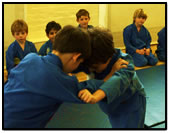
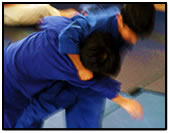 reinforced. Skilled execution of a technique depends on both partners cooperating and the failure of either to do so prevents a satisfying result.
reinforced. Skilled execution of a technique depends on both partners cooperating and the failure of either to do so prevents a satisfying result. 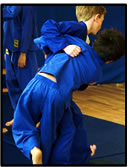 Pangrazi explains that the solid step by step development of a skill is more important than the ability just to be able to perform the skill (possibly just once).
Pangrazi explains that the solid step by step development of a skill is more important than the ability just to be able to perform the skill (possibly just once). 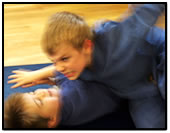
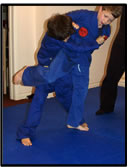 Martial art is an exceptional activity as it is meant as a life time study. In China (where the longevity and health of the elderly is notably high) it is common to see people of all ages practising various forms of martial arts in parks. At different ages practitioners engage with different systems.
Martial art is an exceptional activity as it is meant as a life time study. In China (where the longevity and health of the elderly is notably high) it is common to see people of all ages practising various forms of martial arts in parks. At different ages practitioners engage with different systems. 